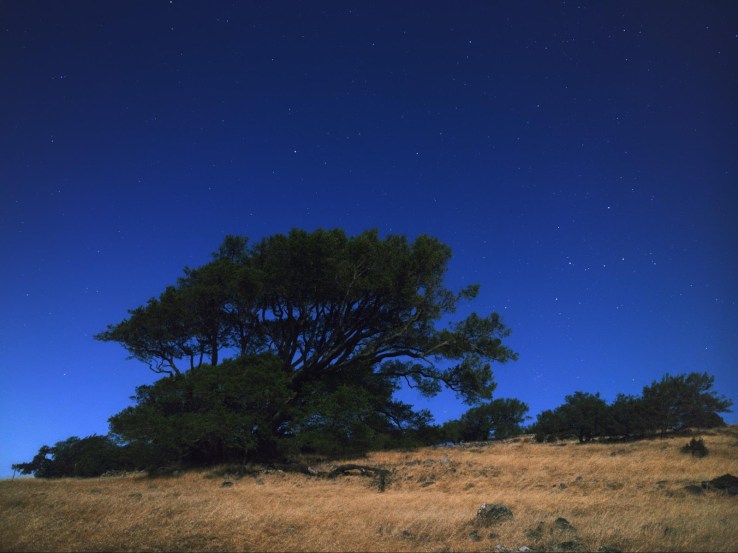
Google’s Pixel already boasts a formidable camera, among the best in smartphone photography. A Google Daydream engineer Florian Kainz revealed how much more incredible it could be specifically in the area of night photography, when he set himself the task of reproducing DLSR-style nighttime picture quality using both a Pixel and a Nexus 6P.
The experiment, detailed on the Google Research blog, involved pushing the Android smartphone cameras to their limits, making use of their maximum exposure time, 64-frame burst shooting, mixing exposed shots of the target scene with pure black frames shot with the camera’s lens taped up completely, and a whole lot of desktop post-processing work.
The relatively easy part, at least in terms of repeat use, was coding a simple manual photography app for Android that let him set the exposure length, focal distance and ISO required to get the raw images he needed to process using desktop imaging software. The most difficult part might’ve been adjusting the alignment of the various stacked captures to compensate for stellar motion, which is the motion of stars across the night sky, and why you see star trails in unedited long exposure nighttime photography.
The resulting images Kainz produced, from both a Nexus 6P and the newer Pixel, have next to no noise, incredibly night sky tone, clear and sharp star points and foreground details and more. Even using only starlight, the process can produce print-worthy results.
So why isn’t this ready to go for general consumer use? Well, because if you’re not already deeply in love with painstaking desktop image processing, it’s going to be well beyond the average user’s patience or skill level. But Kainz expresses hope at the end of the Research blog post that software “should be able to process the images internally” on a phone, once developed, and that the only ingredient required thereafter from a user’s perspective would be setting up their smartphone on a tripod – a relatively low bar these days, even for casual mobile photographers.
Seems like a lock for something Android engineers could focus on to make the next Pixel or Android release more enticing to users, if you ask me.
post credits: techcrunch







0 comments: